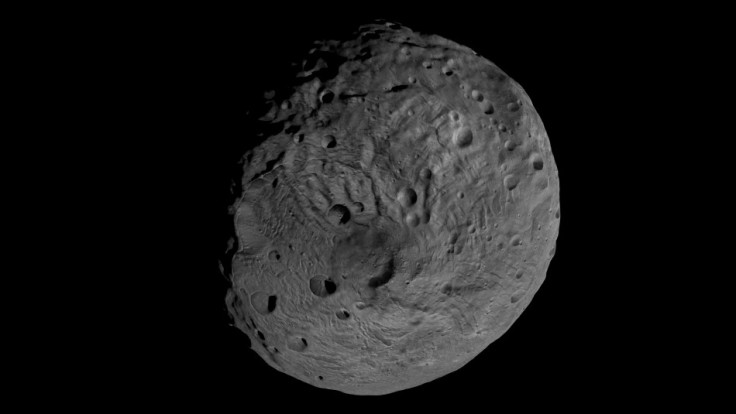Nuclear Explosion Could Save Earth From Asteroid: Study [VIDEO]

A nuclear explosion could save the earth from a big asteroid, according to a new study.
Researchers from the Los Alamos National Laboratory, a United States Department of Energy facility in New Mexico, used a supercomputer to model a nuclear weapons anti-asteroid effectiveness, reported Space website.
They used a 3-D modelling study run on 32,000 processors of the Cielo supercomputer and dealt a 1,650-foot-long (500-metre) space rock using a one-megaton nuclear weapon - about 50 times more powerful than the US blast inflicted on Nagasaki, Japan, during World War II, the website said.
They found that the nuclear weapon disrupts all of the rocks in the rockpile of this asteroid successfully. "Ultimately this one-megaton blast will disrupt all of the rocks in the rockpile of this asteroid, and if this were an earth-crossing asteroid, would fully mitigate the hazard represented by the initial asteroid itself," Los Alamos scientist Bob Weaver said in a recent video released by the lab.
But the researchers said that using a nuclear bomb to save the earth from asteroid would be the last option. They are currently working on other options such as sending a spacecraft to use "gravity tractor" method and pull the asteroid into a different, more benign orbit, a report on Space website said.
An asteroid is mostly composed of water ice with dust particles, which are formed in the solar system between the orbits of Mars and Jupiter. These asteroids get attracted by the gravitational force that allows them to enter Earth's neighbourhood, according to Nasa.
If these asteroids hit earth, they could cause long-term hazards and also destroy civilisation. Hence, scientists around the globe keep track of these near-earth objects.
Nasa has a Near-Earth Objects programme that tracks asteroids and comets. In 1998, Nasa began "Spaceguard" effort, to track over 90 per cent of the near-earth objects that are larger than one kilometre. Nasa has already found approximately 60 per cent of the estimated 1,000 to 1,200 large near-earth objects.
Nasa also has a Science Definition Team to study what should be done to find near-earth objects less than 1 kilometre in size that can cause global devastation.
Check out the video showing how nuclear explosion can save the earth from asteroids:
© Copyright IBTimes 2024. All rights reserved.





